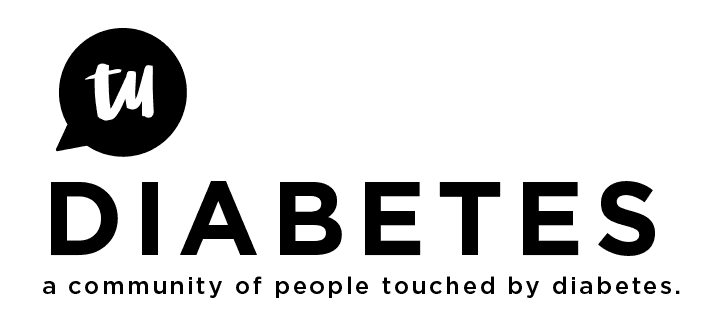There are plenty of things I’d like to see that require more R&D, most of which has been detailed below. But I’ll tell you what can be done right NOW, that - for some reason - just hasn’t been done. No new technology required, just some off-the-shelf electronic components or minor programming tweaks.
1: Add a small LED to light up the strip on a BG meter when testing in the dark. A backlight for the display is nice, too – some manufacturers already include this.
2: (Medtronic Revel Pump/CGM) Automatically suspend alarms during Reservoir Setup/Priming. I don’t need my prime to be interrupted by a “LOW PREDICTED” or a “METER BG NOW” alarm, then not knowing what was delivered. Alarms are queued up while delivering a bolus, why not during the prime process?
3: Automatically determine which BG values (from the meter) are good calibrations. If the CGM shows a relatively flat line for 30 minutes before and after a fingerstick, apply that value as a calibration seed. There’s no reason for us to look at the CGM output to determine if it’s a good time to input a calibration value (particularly with the ParadigmLink/UltraLink/ContourLink products); the machine should be able to do that.
4: Pumps offer varying basal patterns for periods of high or low activity. Why not bolus wizard patterns? The same should apply.
5: Tether pumps to a PC in order to input - and back up - bolus wizard values, basal rates, etc. It’s much easier, and less chance for error, if the data is entered using a real keyboard and full-size screen.
6: Improve packaging on the Medtronic Softserter. There is a rather long needle that must not get bent, but its only protection is a flimsy plastic bag. Given the failure rate I’ve had with these, I wonder if it’s because of the lack of protection on this needle, and when packing extra sensors for a long trip, it’s tough to protect these things. A formed plastic packaging with paper backing, like on the infusion sets, would be much better.
7: Reduce packaging on everything else. The boxes, the microscopic insert leaflets, the advertising. We go through so many of these, it’s just a pain. Since many people buy test-strips in 1-month or 3-month supplies and use ten per day, sell boxes of 300 or 1000 (with appropriate number of vials within). I shouldn’t need to tear open a new box every six days or 50 strips.
8: Insulin manufacturers sell insulin in vials and pre-filled pen-cartridges, why not in pre-filled pump reservoirs? I’d bet it would help with the air-bubble conundrum,
9: General note - don’t insult my intelligence (looking at you, Medtronic). If I just tested my BG by fingerstick and it’s 215, I know it’s high. The pump doesn’t need to sound an alarm to tell me it’s above my target. I know that if my BG is low that I should eat something and not bolus now. I know that if I’m high - and it’s unexplained - that I should check for keytones. I know that drops at the end of the tubing means the tubing is full.
-
How about adding to pumps: a SuperBolus (pre-deliver the next 30, 60, 90 minutes of basal into the current bolus) or a Delayed Bolus (don’t deliver insulin for 30 minutes, since my meal is low GI or my BG is low to start) option.
-
Using pumps is second-nature to us. Don’t change the keystrokes or number of menu options based on current situations, as we often do it by feel. Again, Medtronic: usually you default to normal bolus, but if I did a square-wave six hours ago, you default to that. Sometimes when feeding a calibration value you automatically go to the bolus wizard. Sometimes you don’t. I’ve missed boluses because you fool around with menu options and defaults.
OK, that was part-rant, part-suggestion. But these are all relatively easy fixes with no research required, and I’d love to see them implemented.
Where/when/what type of forum is this presentation? I’d live to be able to witness it if I can…


 )
)